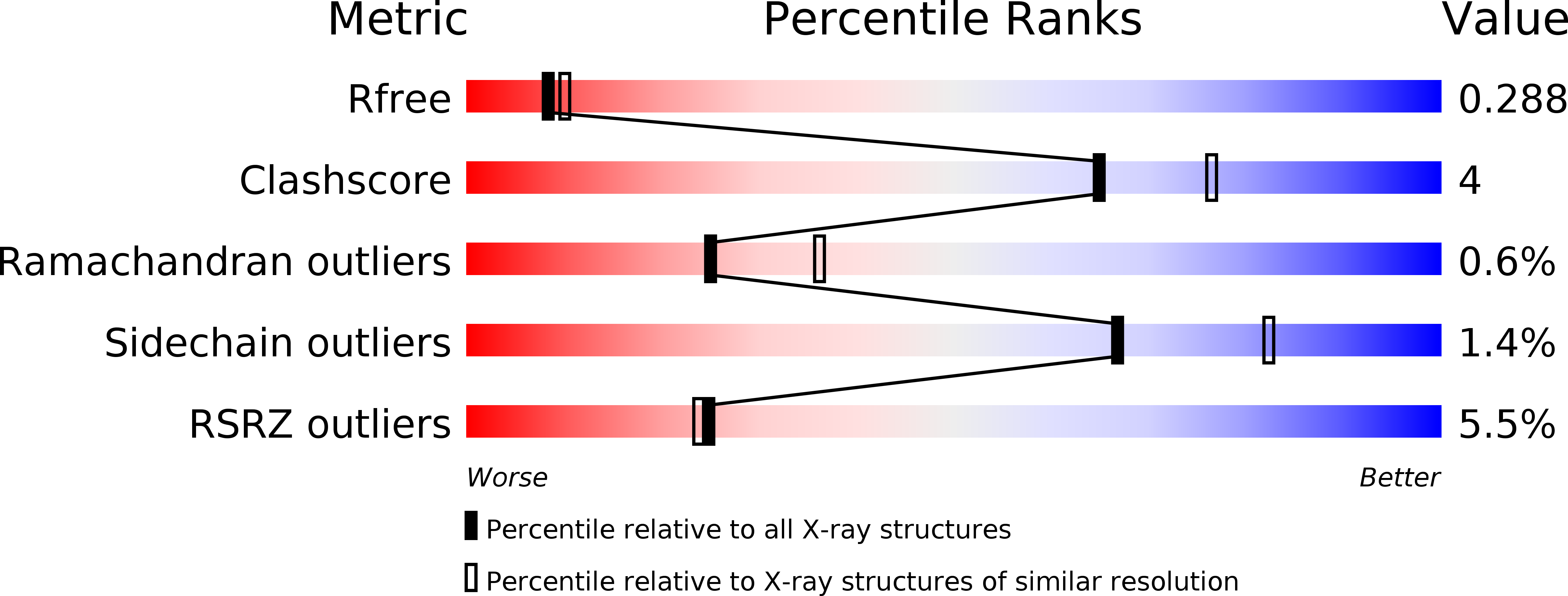
Deposition Date
2015-12-04
Release Date
2016-02-10
Last Version Date
2024-07-10
Entry Detail
PDB ID:
5F5K
Keywords:
Title:
E.Coli GlpG Y205F mutant complexed with aldehyde inhibitor in DMPC/CHAPSO bicelle
Biological Source:
Source Organism:
Escherichia coli (Taxon ID: 562)
Drosophila melanogaster (Taxon ID: 7227)
Drosophila melanogaster (Taxon ID: 7227)
Host Organism:
Method Details:
Experimental Method:
Resolution:
2.40 Å
R-Value Free:
0.28
R-Value Work:
0.23
R-Value Observed:
0.23
Space Group:
C 2 2 21


